One of my tire sensors in my Lexus isn’t working. I’ve come to depend on the low pressure light to alert me to problems with my tires. How much does it cost to fix a tire pressure sensor?
Rachel Rigolino · Answered on Feb 01, 2022
Reviewed by Shannon Martin, Licensed Insurance Agent.
Tire sensors are a valuable diagnostic tool—so valuable that all car models have been required to have them since 2007! Luckily, it typically costs between $80-$140 to fix a tire pressure sensor, depending on your car model.
If your car’s still under warranty, the cost of replacing a sensor may be covered. Check with your dealership if you believe this is the case for you.
Here’s how tire pressure sensors work:
Want to free up some extra cash to make paying for car repairs easier? Just use Jerry to find a lower car insurance rate—without compromising on coverage.
If you have any questions during your insurance shopping process, Jerry’s friendly and knowledgeable agents are just a text or phone call away.
MORE: Low tire pressure in cold weather—and how to fix it
LexusCar DamageCar MaintenanceCar OwnershipWear and Tear
View full answer
WHY YOU CAN TRUST JERRY
Jerry partners with more than 50 insurance companies, but our content is independently researched, written, and fact-checked by our team of editors and agents. We aren’t paid for reviews or other content.
Browse More Content
Brake Rotors/Discs Replacement
Suspension Spring Coil Replacement
Car Has Bouncy and Unstable Ride Inspection
Clean Windshield Washer Tubes and Jets Inspection Cost Estimate
Car or Steering Wheel Shakes When Braking Inspection Cost Estimate
Acura Integra Ls Insurance Cost
Mazda 3 Sv Insurance Cost
Dodge Caravan Sport Insurance Cost
Ford Fusion Titanium/Platinum Hev Insurance Cost
Nissan Murano Platinum Insurance Cost
King City Car Insurance
Elizabeth Car Insurance
Belvidere Car Insurance
Brighton Car Insurance
Howes Cave Car Insurance
What would be considered a good APR rate for a car loan? I’m not sure what kinds of rates I should be looking for and which ones I should stay away from.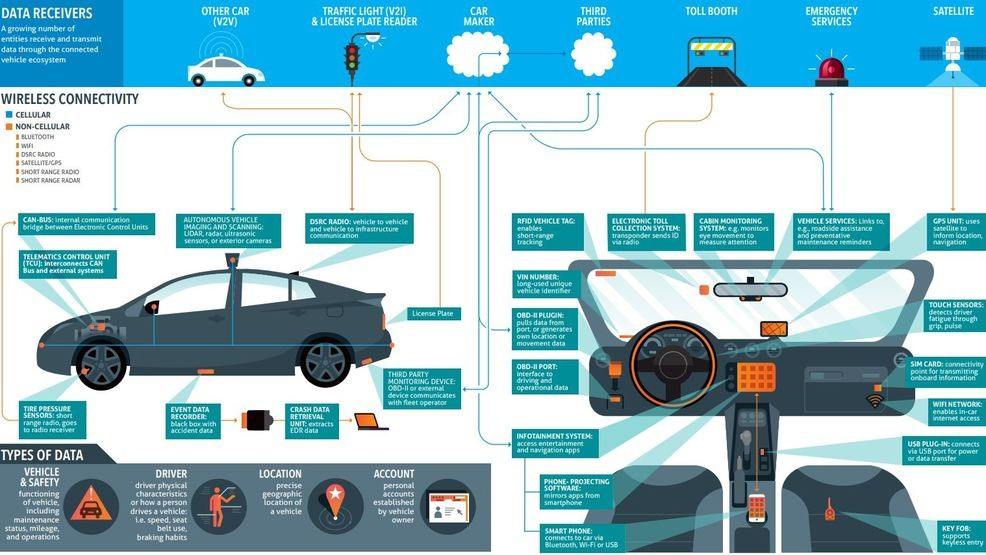
Liz Jenson
Feb 01, 2022
I am completely fine with driving during the day to get to work and/or run errands. However, I get very anxious when I drive at night. Why do I feel this way?
Tiffany Leung
Feb 01, 2022
I live in an old two-story house with my bedroom on the first floor and a bathroom directly above it. I woke up to water leaking from what I suspect is a burst pipe. I know I need to get this repaired as soon as possible, but I’m wondering is plumbing covered by home insurance?
Mercedes (Sadie) Lovemore
Feb 11, 2022
Browse All Questions
The typical 2012 Mitsubishi Galant gas tank size is 23 or 26 gallons, but a few configurations unlock an optional 36-gallon tank for serious driving.
Kara Vanderbeek
Nov 02, 2022
Check your property for the Japanese Honeysuckle and Multiflora Rose, two of the most invasive plants in Illinois. Here’s a full list.
Here’s a full list.
Kara Vanderbeek
Oct 18, 2022
Maintaining the right tire pressure ensures safe handling and helps improve fuel economy—and checking it at the gas station is easy. Find out how it works here.
Kara Vanderbeek
Oct 03, 2022
Texting and Driving
Car Warranties
driving laws
driving record
Gap Insurance
Homeowners insurance
New York
Personal Injury Protection (PIP)
damage claims
Liability insurance
Car Insurance Premiums
Trailers
American Family
Auto insurance
homeowner insurance
Reverse Beep
Home and Auto Insurance
Car Insurance Fraud
negligent driving
misdemeanor
Tennessee
moving
Night Driving
Recalls
Wawanesa
Car Value
Reckless Driving
Car Seats
No long forms
No spam or unwanted phone calls
Quotes from top insurance companies
Find insurance savings — it's 100% free
Toyota
Hyundai
Mercedes-Benz
Subaru
Chevrolet
Mitsubishi
What's In This Guide?
It takes less than one hour to change all four TPMS modules if you take your car to a credible tire shop. This means that the costs of TPMS replacements include a minimal labor fee in addition to the componentry that tends to cost somewhere in the neighborhood of $30-$50.
This means that the costs of TPMS replacements include a minimal labor fee in addition to the componentry that tends to cost somewhere in the neighborhood of $30-$50.
Added up, it should cost you between $70-$150 per wheel. Granted, this also depends on the make and model year of your vehicle and the availability of parts. You may be able to replace a single sensor, but if the remaining three sensors are more than 10 years old, you should replace them all at once.
A TPMS (Tire pressure sensor) is an intricate piece of engineering designed to constantly monitor the air pressure within the tire. Most tire pressure monitoring sensors are designed to detect when the tire air pressure falls below a certain threshold and then alert the driver via a dashboard warning light.
These sensors are placed inside the tire and are commonly being powered by a small battery. Back in 2000, the US government made the use of TPMS a legal requirement for all cars sold past the year 2000. This means that all cars nowadays come with tire pressure monitoring sensors as they are an essential aspect of on-road safety.
This means that all cars nowadays come with tire pressure monitoring sensors as they are an essential aspect of on-road safety.
Poorly inflated tires are unable to properly support a car’s weight, they increase your braking distances and make the car less maneuvrable, especially at high speeds. According to a prominent TPMS manufacturer Schrader, more than a quarter of a million accidents are being caused by under-inflated tires each year.
Back in the early 2000s, NHTSA stated that tire-inflation-related issues cause more than 10,000 injuries each year, so it’s rather obvious why we need functioning tire pressure monitoring sensors. These sensors tirelessly monitor the air pressure within the tire while also communicating with the car’s ECU through low-frequency radio waves.
Whenever the system deems the air pressure is way too low, you will be alerted which means that you will either adjust your driving style accordingly or completely pull over.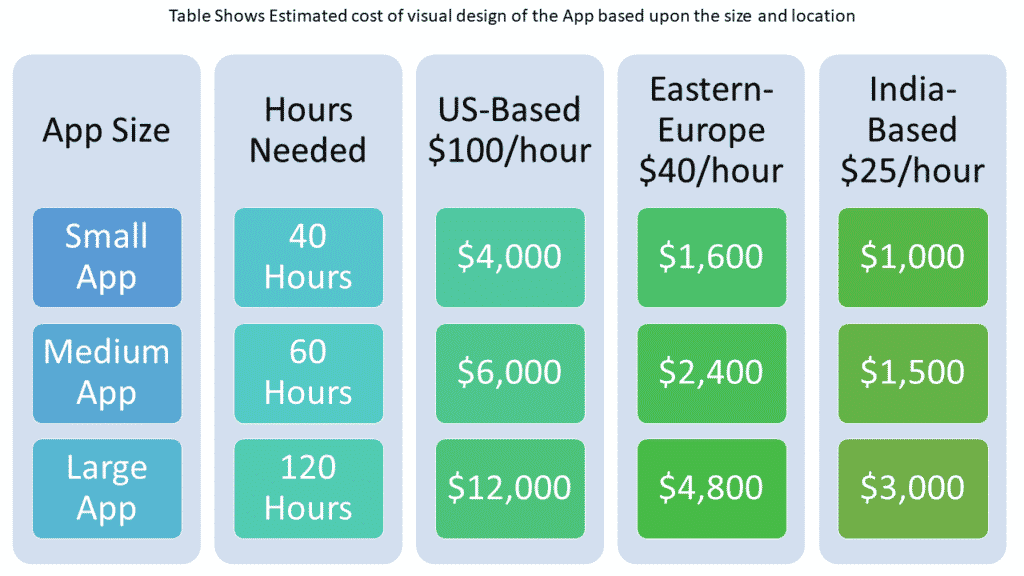 These sensors also ensure that you always use the correct amount of fuel because under-inflated tires also use more fuel due to increased levels of tire rolling resistance.
These sensors also ensure that you always use the correct amount of fuel because under-inflated tires also use more fuel due to increased levels of tire rolling resistance.
Driving without a tire pressure monitoring system is certainly a risky thing to do, especially if you often drive at higher speeds. As these sensors tend to wear out, they need to be replaced in due time. However, most people out there use their cars for daily driving purposes and it’s not always easy to cancel everything and take your car in for a service.
If you are in a pinch, you can drive the car even without a tire pressure monitoring sensor. However, always keep a sentient eye on your tires and be sure to adjust your driving style accordingly. If you are positive that your tires are properly inflated, you may be able to drive the car and nothing should ever come of it.
Nonetheless, if you are not in a hurry and you can take your car in for a TPMS replacement, be sure to do so at your earliest convenience.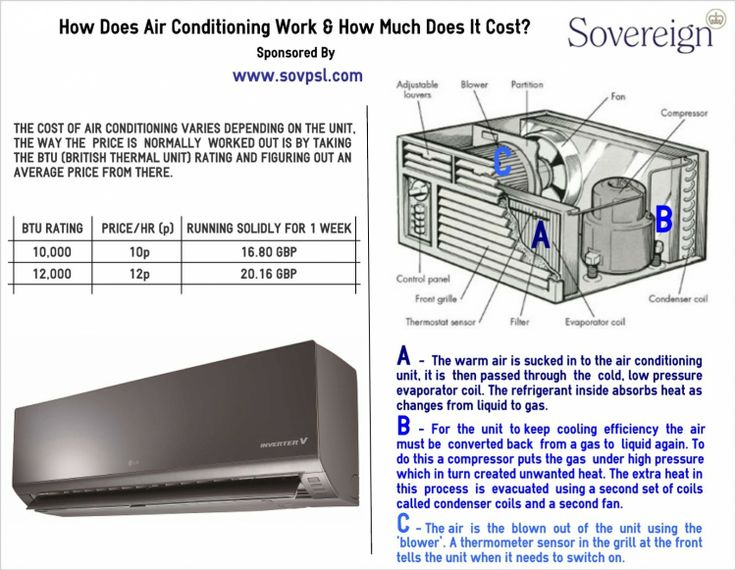 While driving without a tire pressure monitoring sensor, be sure to read this article if you want to find out how you can tell if your tires are too low while behind the wheel.
While driving without a tire pressure monitoring sensor, be sure to read this article if you want to find out how you can tell if your tires are too low while behind the wheel.
Most TPMS’s tend to last about 5-10 years, but given the fact that they are not the easiest nor the cheapest components to replace, most people tend to swap them whenever it’s necessary. This means that they tend to replace them only when the battery dies or when other TPMS components fail.
A TPMS fix is only possible if the reason why it failed in the first place can be resolved without needing to replace the whole unit. There were instances where owners complained about their brand-new tire pressure monitoring sensors failing only after a year or two of use.
A common reason why is if the sensor was damaged beforehand, it used a faulty battery, or because it came with a manufacturing defect. Sometimes a brand new battery can replenish your old sensor and give it a brand new life, but you should not use the same sensor for more than 10 years max.
Sometimes a brand new battery can replenish your old sensor and give it a brand new life, but you should not use the same sensor for more than 10 years max.
This can be caused by either a faulty sensor, a slow puncture, swift ambient temperature shifts, recent tire replacement, or because your wheel speed sensors are malfunctioning. These sensors are not designed to last a long time and the reality of it is that you are eventually going to experience some form of issues with them.
If your tire pressure monitoring sensor light stays on, but you are 100% positive that your tires are absolutely fine, the best thing you can do is to replace the sensor. Indeed, you can also repair it in some instances, but the price differences between repairing them and replacing them are marginal, so it’s always better to just get a brand new one.
Most tire shops out there are going to charge you anywhere between $70 to $150 for a TPMS replacement per single wheel.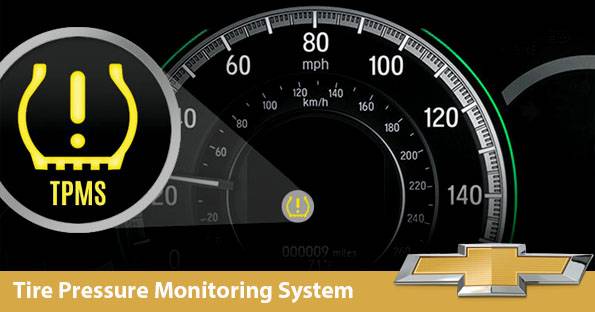 This is because the components such as batteries, sensors housings, and chips tend to cost somewhere around $30-50 while the labor costs can cost up to $100.
This is because the components such as batteries, sensors housings, and chips tend to cost somewhere around $30-50 while the labor costs can cost up to $100.
It also depends on which type of car you are driving, the type of TPMS, and the availability of parts. If your sensors are already more than 10 years old, it’s always better to replace them all rather than one by one, even if the remaining three are not showing any signs of old age.
Updated requirements for the production of modern cars include mandatory equipment with a TPMS system. This device provides a lot of positive aspects. The system notifies the driver that the pressure in the tires of the car is reduced relative to the established norms. Timely elimination of the problem allows:

Like many car parts, the TPMS system needs periodic maintenance, which is now available in the Wheels for Free online store.
We provide high quality service for direct pressure measurement systems. That is, the sensors of the device are placed inside the tire and signal a problem by transmitting information to the on-board computer. As a result, a special indicator lights up on the dashboard.
Sensors are located in each wheel. The direct type TPMS analyzes small, large and sudden changes in pressure.
nine0002 In the maintenance of the device, our highly qualified specialists are ready to provide you with the following services: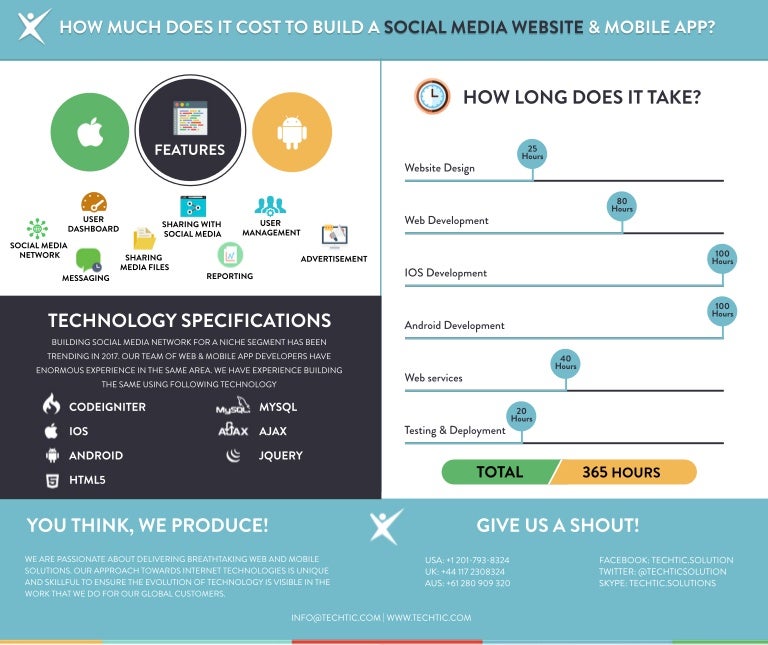 As a result, the clones completely repeat the regular device and function immediately in the normal mode; nine0010
As a result, the clones completely repeat the regular device and function immediately in the normal mode; nine0010 If you want to keep up with technological progress or suspect a malfunction in the operation of the equipment, contact the professionals of Wheels for Nothing and we will solve the problem of any complexity.
Pressure control in car tires is implemented using several options for systems with different operating principles.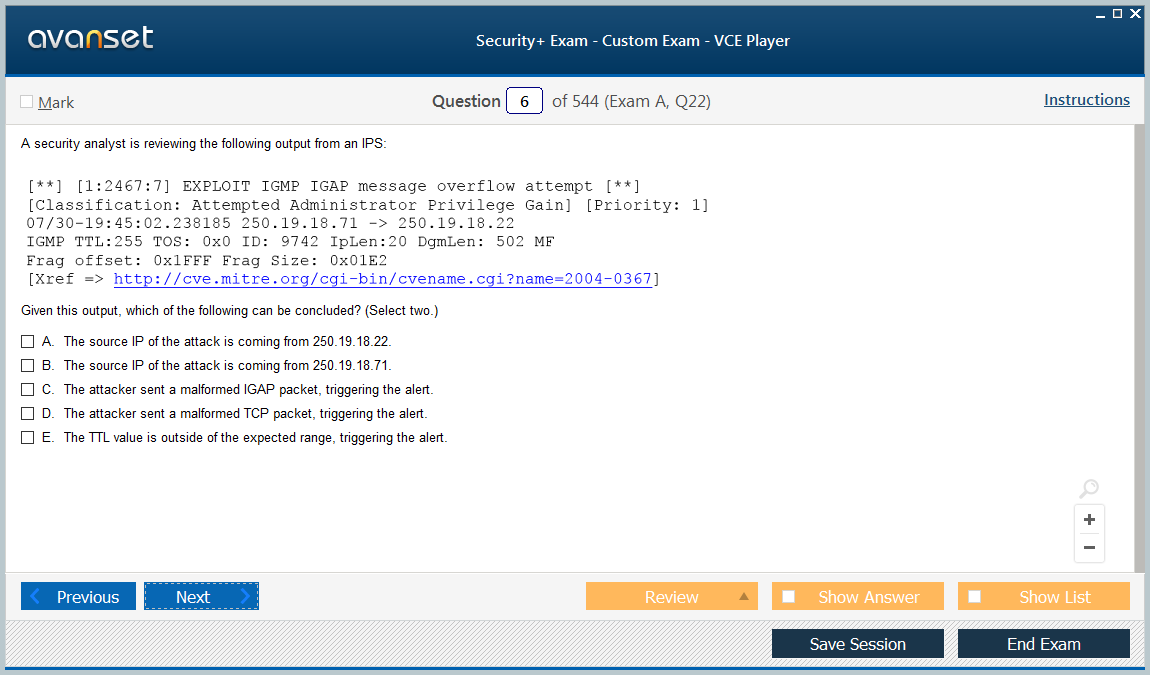 Manufacturers install standard equipment with direct or indirect control. Freelance versions with different sensors and degree of information content are also known. We will understand the main ways to control pressure and consider the principles of operation of systems. nine0005
Manufacturers install standard equipment with direct or indirect control. Freelance versions with different sensors and degree of information content are also known. We will understand the main ways to control pressure and consider the principles of operation of systems. nine0005
Tire pressure measurement
The equipment for monitoring tire pressure, which is provided in the basic configuration, is standard. It can also be released as a paid option. But in any case, such systems are divided into 2 types.
Standard equipment is abbreviated as TPMS, which stands for Tires Pressure Monitoring System. Literally translated, this is “Tire Pressure Monitoring System”. nine0005
The peculiarity of the model with indirect control is that it does not measure pressure. Its work is based on the ABS system, which reads the wheel speed while driving.
Data from the ABS is transmitted to the control unit, which compares the performance with the actual distance traveled for certain periods of time. If the pressure in the tire has dropped, its actual size also decreases. As a result, such a wheel has to make more revolutions to cover the same distance. The TPMS system captures this difference and gives a signal to the driver. nine0005
If the pressure in the tire has dropped, its actual size also decreases. As a result, such a wheel has to make more revolutions to cover the same distance. The TPMS system captures this difference and gives a signal to the driver. nine0005
Such equipment is inexpensive and, from a mechanical point of view, reliable, because there are no extra sensors that could fail or fail. But the information content and accuracy are not up to par: the system does not display the tire pressure and gives a signal when it drops by at least 30 - 40%.
This option is more informative and consists of:
A piezo or strain gauge reader changes electrical resistance depending on tire pressure. As a result, the control unit processes and transmits to the driver a signal about the changed pressure.
Tire pressure monitoring system
The system is reliable, but sometimes there are problems with the receiving devices. They are placed as close as possible to the sensors - in the wheel arches, here the electronics are at risk of failing due to moisture or dirt. nine0005
These devices are sold separately and adapt to any vehicle. They are divided into 3 categories.
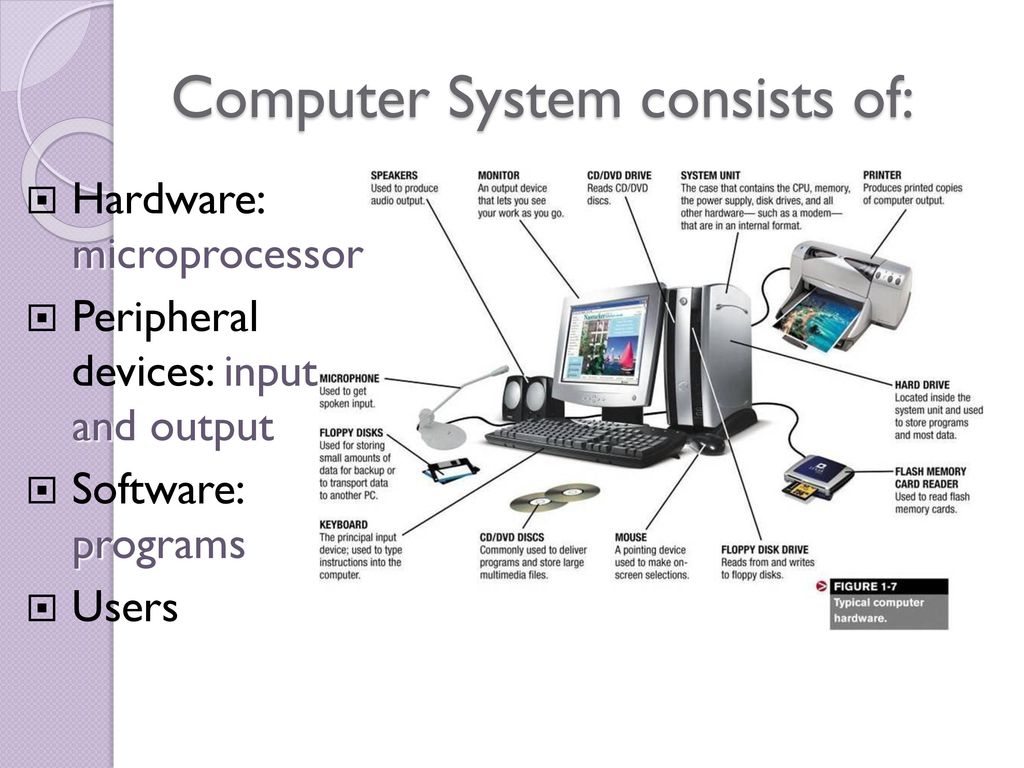 nine0010
nine0010 Freelance tire pressure monitoring system
These are the main tire pressure monitoring systems that are installed on most modern cars. The choice of devices depends on the expectations for accuracy and reliability, as well as on your financial capabilities. nine0005 Content
Did you like the article?
(rating 4.35 out of 5)
Share the article with your friends:
How to store tires on rims?
9744
1
How to store tires without rims
131536
1
When to change summer tires to winter ones
40694
1
write comment
To use the comparison, add at least one more car nine0005
Skip to comparison?
Compare cars
Thank you, application accepted!
You are subscribed to auto updates!
We will notify you if we have cars according to your chosen parameters.